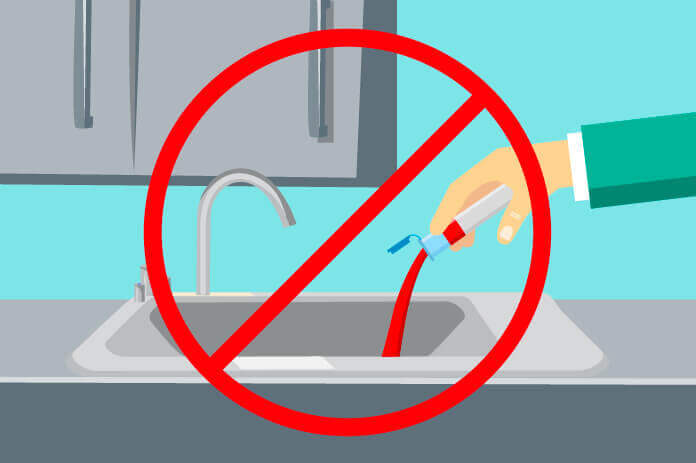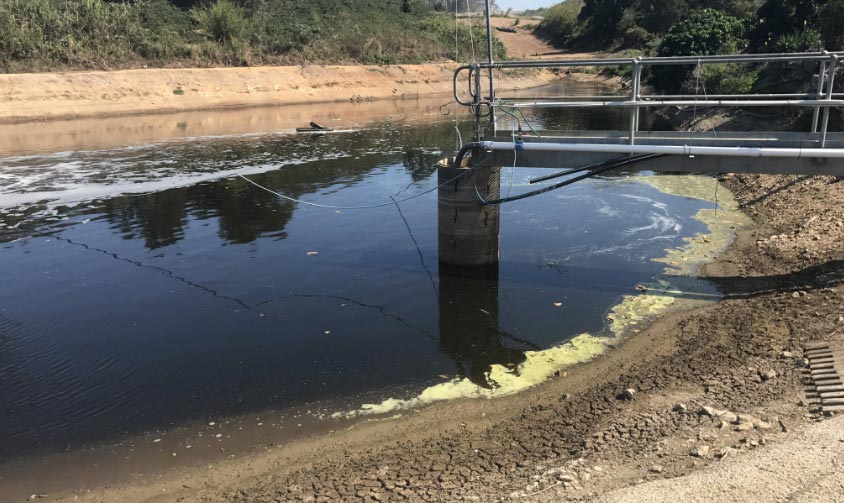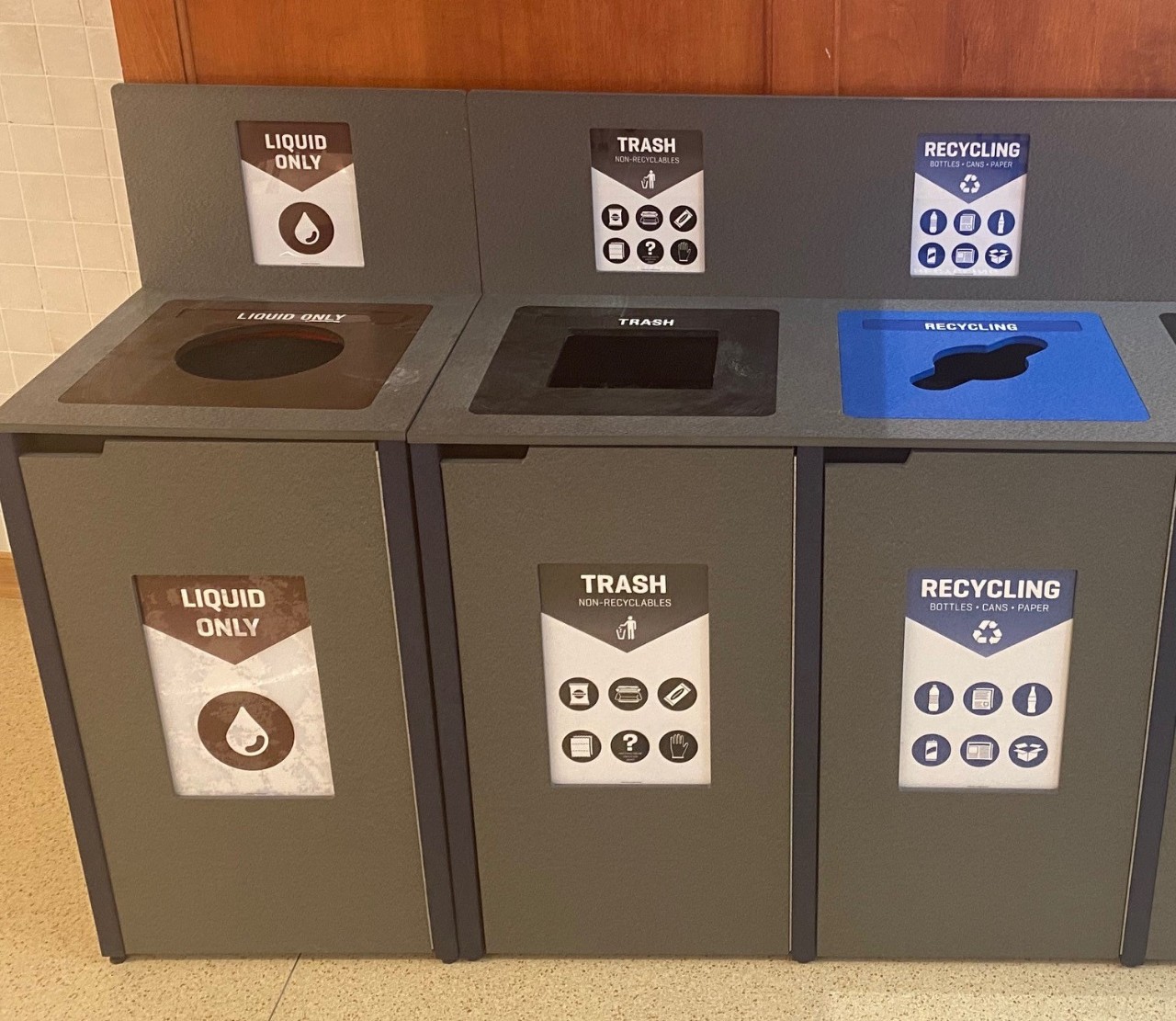Expert Liquid Waste Removal Melbourne: Fast and Affordable Providers
Wiki Article
How Liquid Waste Disposal Works: A Comprehensive Overview of Techniques and Technologies Utilized

Overview of Liquid Waste Types
The complexity of fluid waste types demands a detailed understanding of their qualities and ramifications for disposal. Fluid waste can extensively be classified into a number of types, including industrial, community, farming, and unsafe waste. Each category displays unique residential or commercial properties, needing specific management approaches to reduce ecological and health and wellness threats.
Industrial fluid waste originates from manufacturing procedures and typically consists of an array of pollutants, such as hefty metals, solvents, and natural substances. Municipal liquid waste, largely consisting of wastewater from homes and business establishments, contains raw material, nutrients, and microorganisms (industrial wastewater treatment). Agricultural fluid waste, including drainage from ranches, may include plant foods, pesticides, and pet waste, posing dangers to water high quality and ecological communities
Dangerous fluid waste is identified by its poisoning, reactivity, or possible to create damage. Recognizing these diverse fluid waste kinds is vital for creating reliable disposal methods and making certain conformity with environmental guidelines.
Physical Treatment Methods

Screening is the preliminary action, where bigger particles and debris are removed from the liquid waste using displays or grates. This process secures downstream tools from damages and guarantees smoother operation. Following testing, sedimentation makes use of gravitational pressure to different solids from liquids. In sedimentation tanks, larger particles settle near the bottom, developing a sludge layer, while the cleared up liquid can be more dealt with.
Filtering is another important method that entails passing the fluid via porous materials, such as sand or membranes, to capture smaller bits. This step enhances the high quality of the liquid, making it suitable for succeeding treatment procedures.

Chemical Treatment Methods
Chemical therapy strategies are essential for properly handling fluid waste, particularly in attending to liquified and colloidal pollutants that physical techniques may not properly eliminate. These strategies utilize various chemical agents to counteract, speed up, or transform dangerous substances right into much less dangerous types.One common technique is coagulation and flocculation, where chemicals such as alum or ferric chloride are included in promote the aggregation of put on hold fragments. This procedure boosts sedimentation, enabling less complicated removal of the resulting sludge. Additionally, oxidation processes, utilizing representatives like chlorine or ozone, are used to damage down complicated natural substances and pathogens, making the waste more secure for discharge or more treatment.
Neutralization is another important strategy, which adjusts the pH of acidic or alkaline waste streams to neutral degrees, avoiding potential injury to downstream systems and the environment. Moreover, progressed oxidation processes (AOPs) use combinations of oxidants and ultraviolet light to weaken persistent contaminants, attaining a higher level of treatment effectiveness.
Organic Treatment Procedures
Organic therapy procedures play a critical function in the monitoring of fluid waste by utilizing microorganisms to break down organic matter and minimize contaminant degrees. These processes can be broadly classified into aerobic and anaerobic therapies, each employing specific microbial areas to achieve efficient waste deterioration.Cardio liquid waste disposal melbourne treatment involves making use of oxygen to facilitate the malfunction of organic products by germs. This process is generally carried out in activated sludge systems, where oygenation tanks give a favorable environment for microbial development, resulting in the oxidation of natural toxins. The resultant biomass can be divided from dealt with effluent with sedimentation.
On the other hand, anaerobic treatment takes place in the lack of oxygen, relying on various bacteria to damage down natural matter. This approach is particularly helpful for high-strength waste, as it creates biogas, a sustainable power source, while lowering sludge production. Technologies such as anaerobic digesters are regularly employed in metropolitan and industrial applications.
Both cardio and anaerobic biological treatments not only decrease the environmental effect of fluid waste yet likewise promote source recuperation, making them vital elements of sustainable waste administration approaches. Their effectiveness, performance, and adaptability support their widespread execution throughout different industries.
Emerging Technologies in Disposal
Ingenious methods to liquid garbage disposal are quickly progressing, driven by innovations in modern technology and a raising emphasis on sustainability. Among these emerging innovations, membrane layer bioreactors (MBRs) have actually gotten traction for their capacity to combine organic therapy with membrane filtration, resulting in top notch effluent that can be reused in various applications. MBRs enable smaller sized footprints and extra reliable procedures contrasted to conventional systems.One more promising advancement is making use of anaerobic digestion integrated with nutrient healing innovations, which not just deals with liquid waste yet also produces biogas and recuperates beneficial nutrients like nitrogen and phosphorus. This dual benefit boosts resource efficiency and minimizes ecological impact.
Furthermore, progressed oxidation procedures (AOPs) are being adopted for the deterioration of intricate natural contaminants. These techniques use effective oxidants and drivers to damage down pollutants at the molecular level, providing an extremely efficient service for difficult waste streams.
Additionally, the integration of expert system and artificial intelligence in waste monitoring systems is enhancing functional effectiveness and predictive upkeep, bring about lowered prices and boosted ecological compliance. These technologies mirror a significant change in the direction of even more lasting and efficient fluid garbage disposal methods.
Verdict
In conclusion, effective liquid waste disposal necessitates a detailed understanding of numerous strategies and technologies. By continually progressing these methodologies, it becomes feasible to attend to the expanding difficulties connected with fluid waste, eventually contributing to ecological defense and source recuperation.Fluid waste disposal is an important element of environmental administration, requiring a thorough understanding of numerous strategies and technologies tailored to various waste types. Fluid waste can extensively be categorized into numerous types, consisting of industrial, local, agricultural, and unsafe waste. Agricultural liquid waste, consisting of runoff from ranches, may contain plant foods, pesticides, and pet waste, positioning threats to water quality and environments.
Different physical therapy methods play a critical duty in handling liquid waste successfully - industrial wastewater treatment.In final thought, efficient fluid waste disposal necessitates a thorough understanding of various methods and modern technologies
Report this wiki page